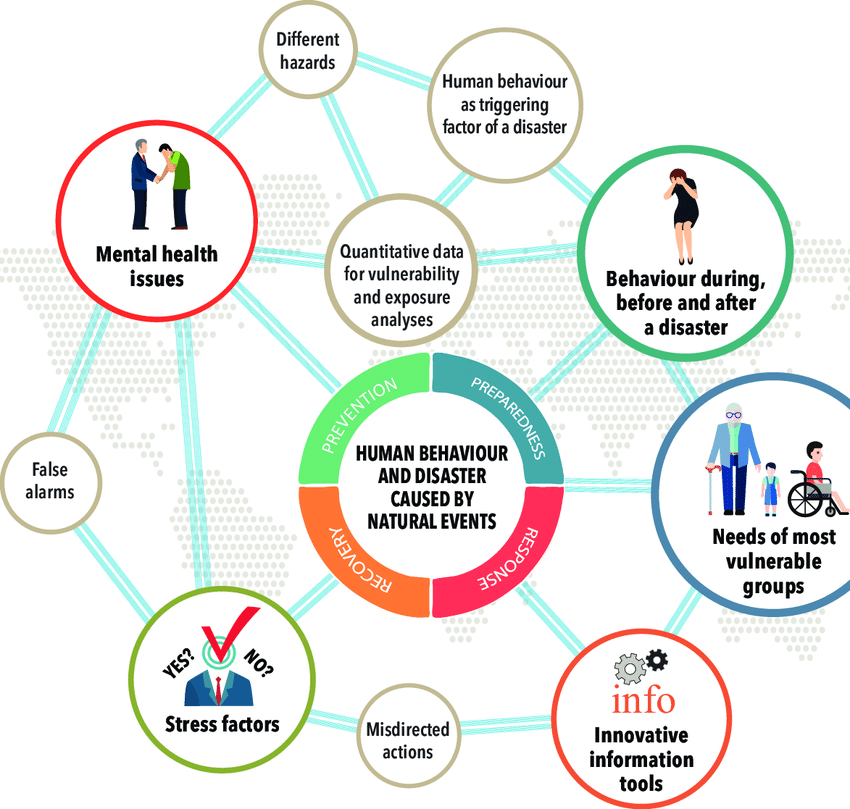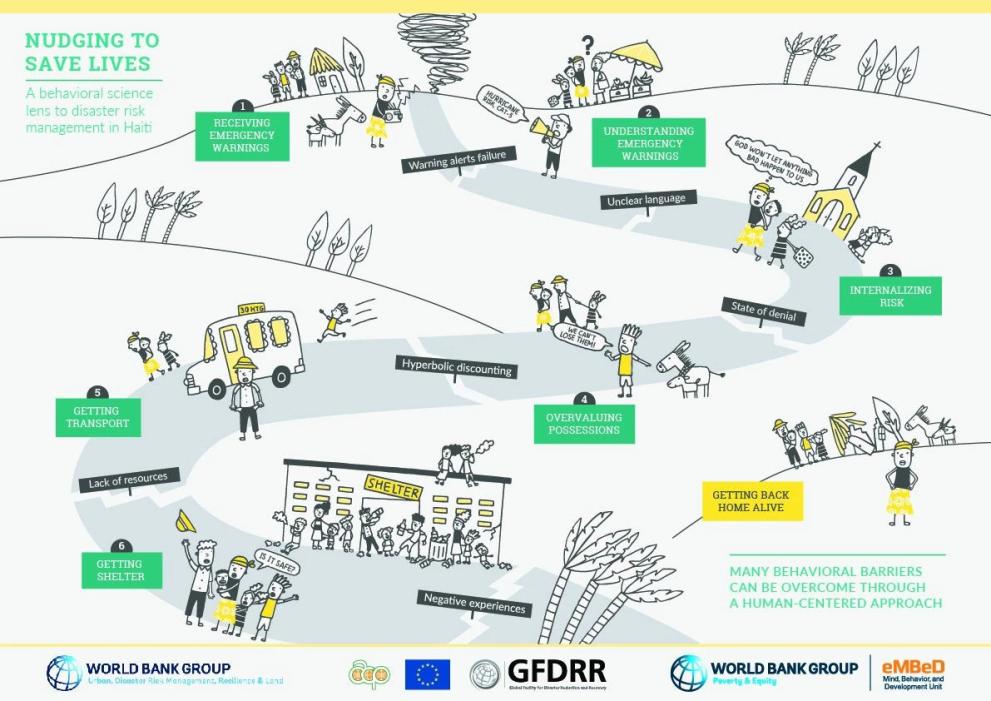Understanding risk perceptions, cultural values and practices
Understanding of different cultural values and practices throughout the population can increase our understanding of whether information is trusted, understood or used, which can lead to more inclusive and targeted approaches for behavioural change, for example, with regards to the use of warnings. Risk mitigation can cover a wide array of behaviours, which may differ across specific groups, including vulnerable populations. Information provision and warnings need to take group characteristics into account, including how to reach them. For instance, seasonal labourers, youth, homeless people or migrant populations may necessitate the use of different communication channels.
One of the biggest challenges that the Red Cross network faces in reducing heat impacts is that many people do not perceive themselves to be at risk, and therefore they do not take appropriate self-protective actions. If we understand existing risk perceptions, we can better tailor our strategies towards behaviour change.


